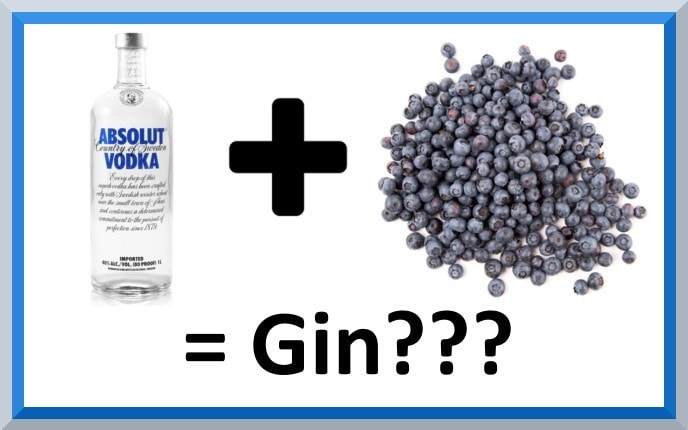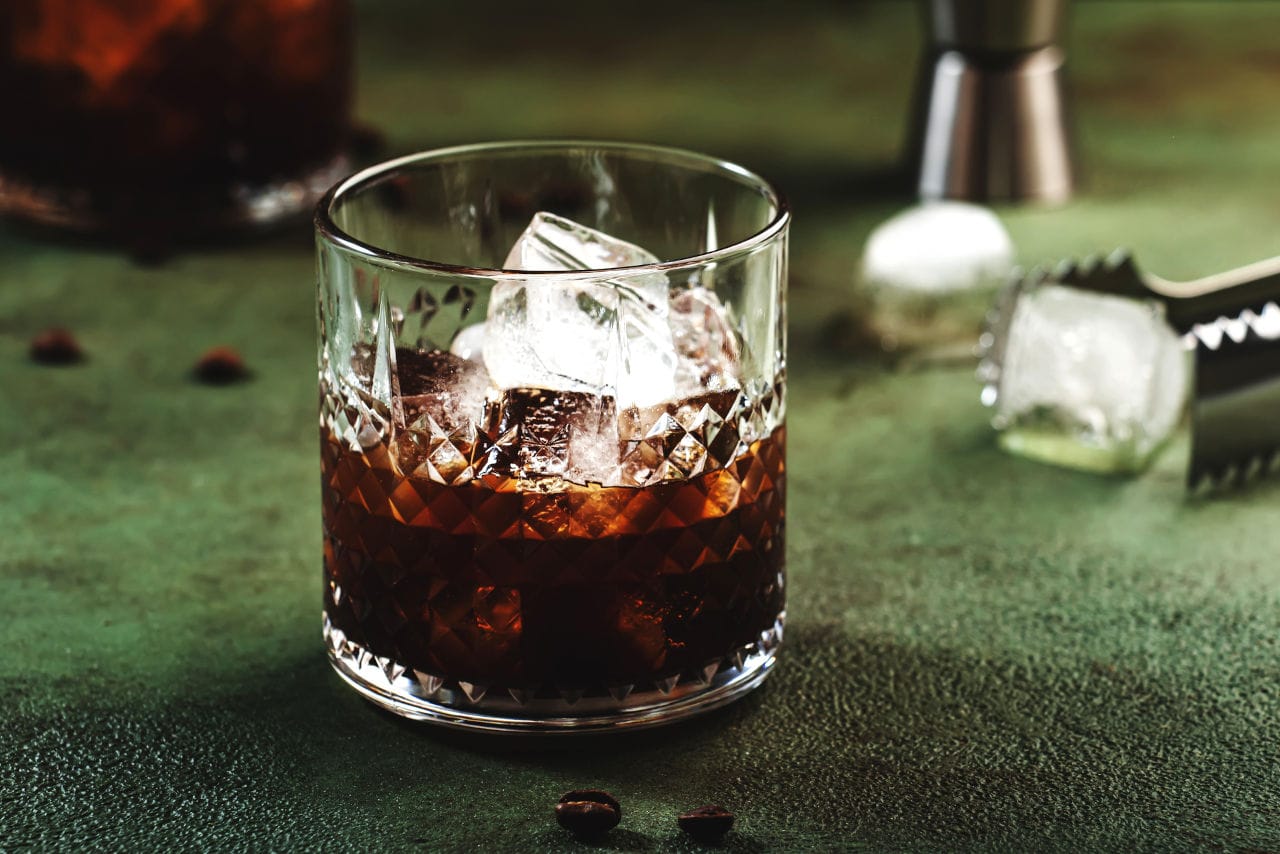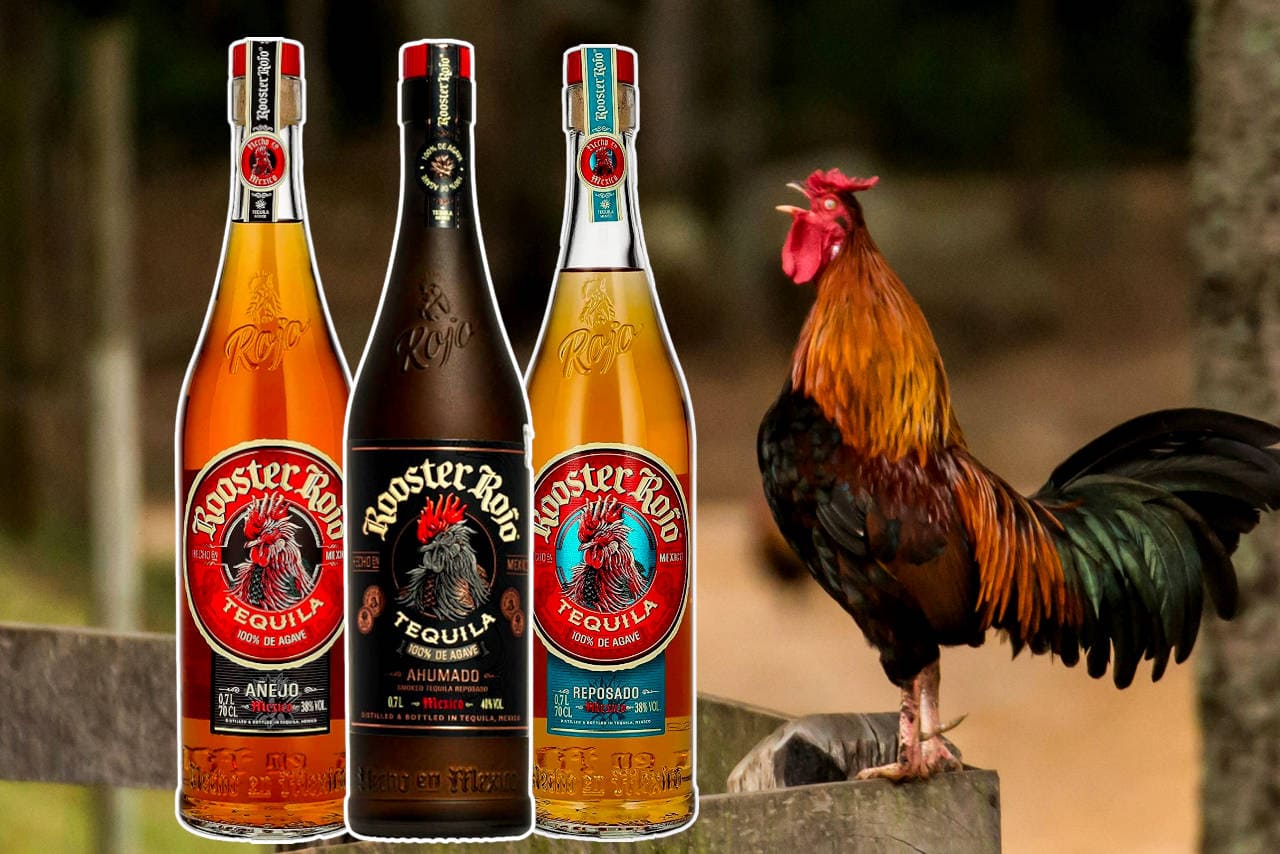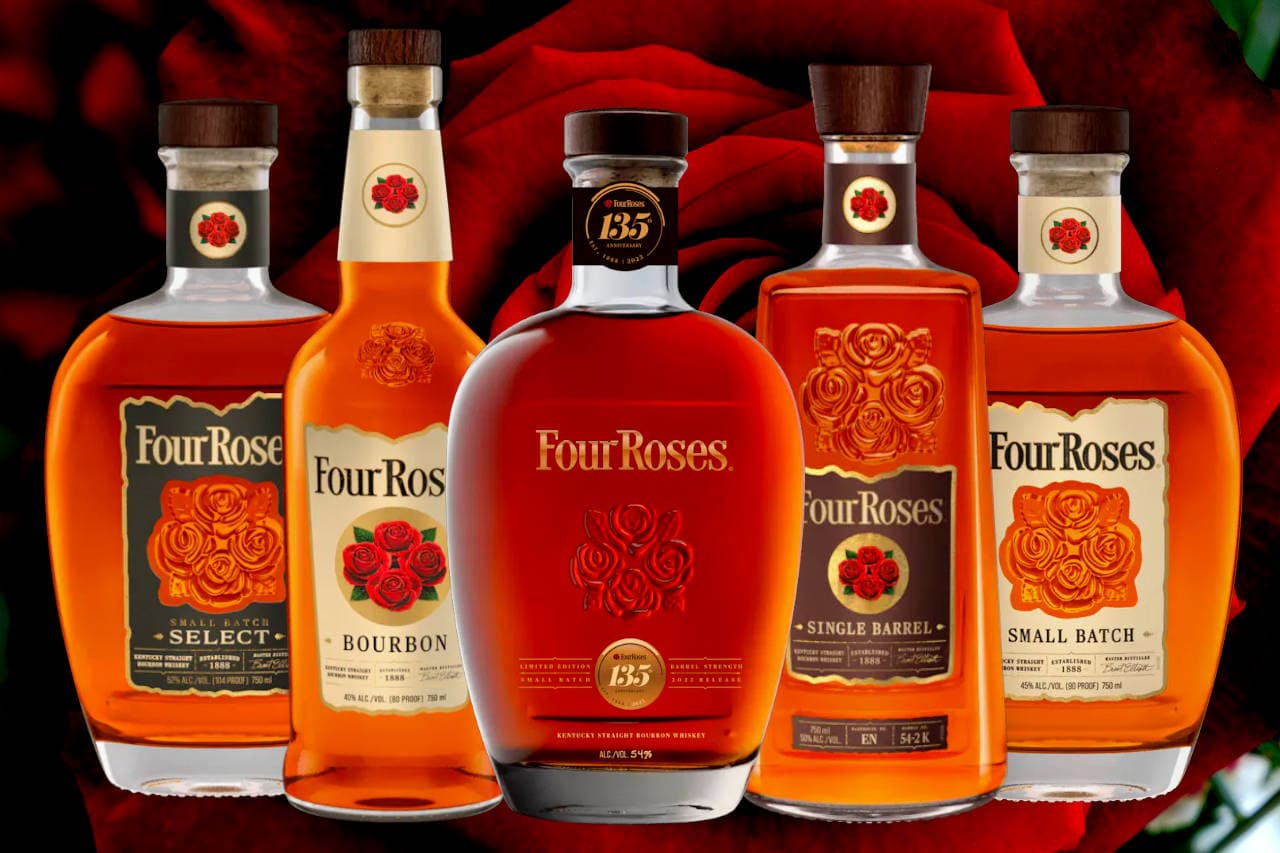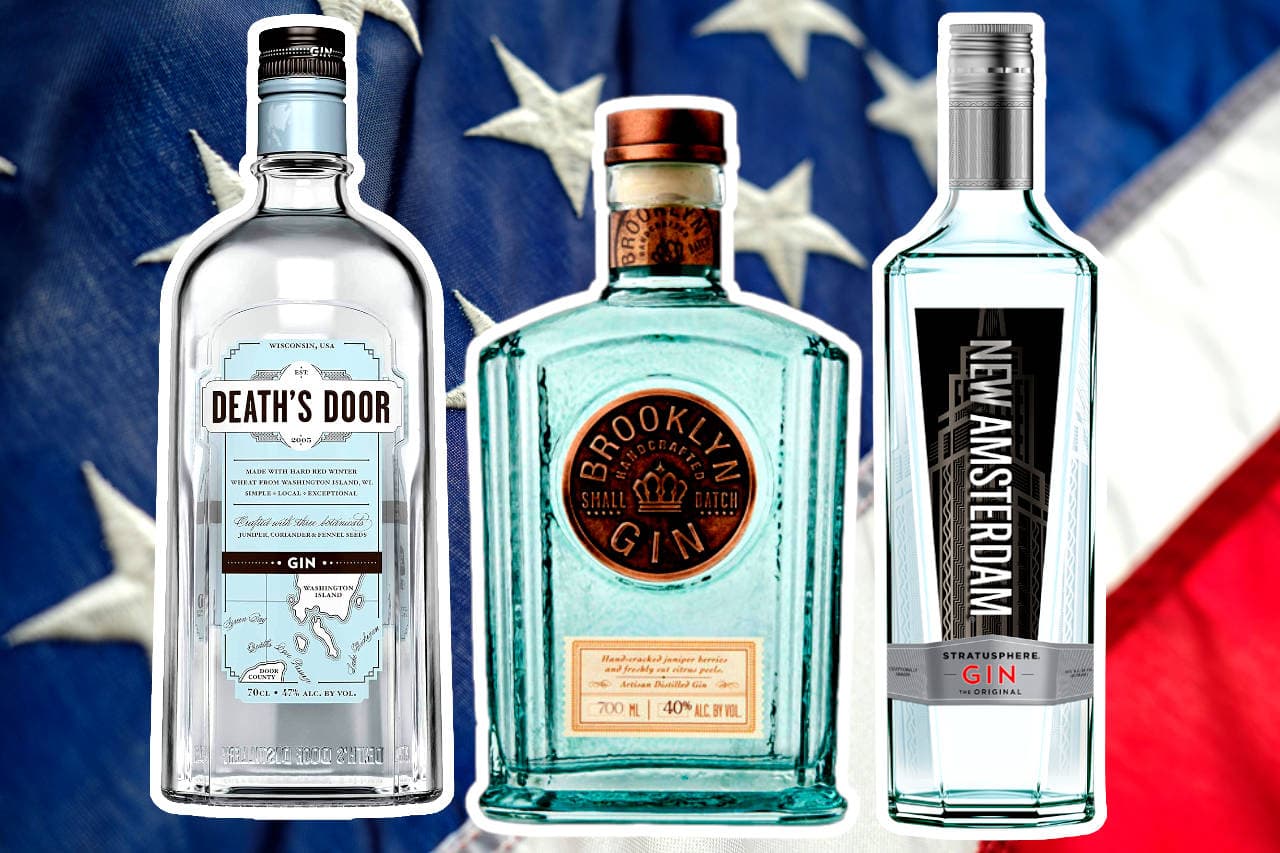Today we will delve into the questions of what Gin is made from and also how Gin is made.
What Is Gin Made From?
- Any neutral base spirit
- Juniper Berries
- A number of additional ‘botanicals’ can be added
- Have minimum final strength of 37.5% in the EU and 40% in the US
The Definition Of Gin
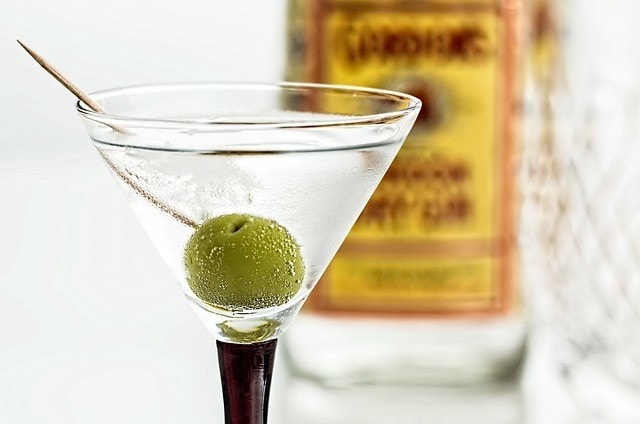
The general definition of Gin is any neutral base spirit which has juniper as the primary botanical, that has to maintain a minimum defined ABV (Alcohol by Volume).
The EU has ‘defined’ precisely what London Dry Gin is, which kind of takes the romance out of it if you ask me. Below is an overview.
- The leading botanical flavour must be from juniper berries.
- Must use a neutral base spirit (ethanol of agricultural origin) originally distilled to over 96% ABV
- It then must be re-distilled to at least 70% ABV.
- It can only be diluted to a minimum strength of 37.5% in the EU (40% in the US) after re-distillation.
- No artificial ingredients allowed
- No additional flavour or colour can be added after re-distillation.
What Is The Difference Between Gin And Vodka?
Gin is any neutral base spirit, EG Vodka, but the similarity ends there. Gin then has a number of ‘botanicals’ (described in the next section) added and one of those botanicals MUST be juniper.
I presume that’s why you have probably seen Strawberry Vodka, Cherry Vodka, Lemon Vodka, but never Juniper Vodka.
However, a quick bit of Googling will allow you to discover that some smart Alec has ‘invented’ Juniper Vodka, although the label still says Gin to cover every marketing angle! It’s essentially a Gin (or Vodka) with no other botanicals other than juniper.
What Are Botanicals?
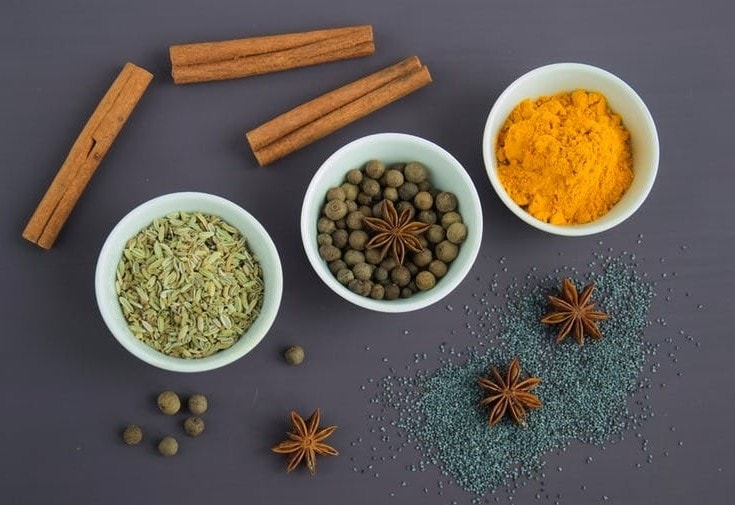
Botanicals are various roots, seeds, spices, herbs, and fruits that the Gin Distiller will use when following their own precise Gin recipe, then combine them with their base spirit to create their particular brand of Gin.
There are literally thousands of botanicals that can be used, anything from Angelica Root to Seaweed.
The below list contains some of the most popular botanicals used by Gin Distillers:
- Juniper Berries
- Coriander Seeds
- Angelica Root
- Cardamom
- Lemon Peel
- Orange Peel
- Grapefruit Peel
- Liquorice
- Orris Root
How is Gin made?
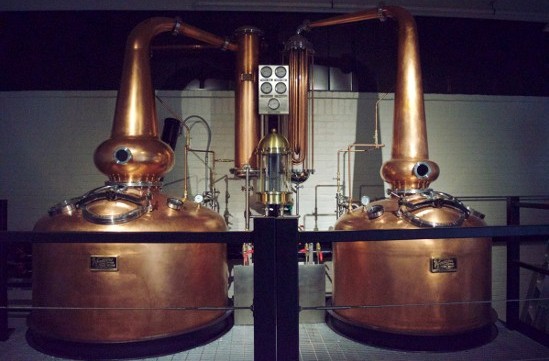
There are three main methods that can be used for making Gin that will be discussed below.
1. Compound Gin (non distilled)
Compound Gin is the simplest method for making Gin which is the process of mixing a neutral base spirit with botanicals and allowing their infusion without heating (re-distillation). This is also known as ‘Bath Tub’ Gin, and gets the name from the American Prohibition era during the ban of alcohol, where Gin was made in bath tubs!
It’s how you can make your own Gin at home! More about this later.
2. Pot Distilled Gin
Pot Distilled Gin is the oldest method to produce ‘distilled Gin’, and is still is use today by some ‘Small Batch’ Gin distillers as it is considered the best method to lock in the flavours of the botanicals.
It requires a large piece of equipment called a ‘Still’ (essentially a rather large copper pot), where the base spirit (vodka or similar) and the chosen botanicals are combined and heated from the bottom of the still. The resulting vapour is then collected and condensed back to liquid form of around 60% ABV. This condensed alcohol is then diluted to the desired final ABV Gin after distillation using distilled water.
3. Column Distilled Gin
Column Distilled Gin is the most modern and large scale method to produce distilled Gin. It uses a ‘Coffey Still’ which is similar to a regular copper pot still but with a very long neck. The neutral base spirit enters near the top of the still and flows downward whilst being heated from all sides, so evaporation happens sooner.
The botanicals are most often suspended above the spirit and the vapour is passed through and then collected at the top of the still where it is condensed back to liquid form. This process results is a much higher alcohol content Gin (up to 95% ABV), with heavier compounds being removed.
As with both distillation processes, the resulting liquid is diluted to the desired ABV Gin after distillation using distilled water.
Pot Distilled Gin vs Column Distilled Gin
There are 3 main differences between pot stills and column stills.
- Pot stills can only make a single ‘batch’ then need to be emptied and a new batch run, while a column still can run constantly, so is more suitable for mass Gin production.
- The alcohol content is greater with Column Distilled Gin so more Gin of the final ABV can be produced, and constantly.
- It is said that Column Distillation can lose some of the heavier compounds, thus can be argued it loses some of the complexity of the Gin.
Can you make your own Gin?

Oh yes!, you can indeed make your own Gin at home! It’s super duper easy, and you don’t even need a huge copper ‘Still’ in the middle of the living room blocking your view of the TV.
You can read all about how you can perform such an amazing feat in my post below:
==> How to make your own Gin in 7 easy steps <==
Conclusion
Essentially Gin in its most simplest form is the combination of a neutral base spirit (e.g. Vodka), which is then combined with Juniper berries, and has a minimum Alcohol by Volume requirement. Other exciting and exotic botanicals can be sourced from all over the globe and added by the Gin Distiller to create their own trademark taste and nose to their Gin.
Maybe we should keep this information a secret from the Vodka drinking community! I hope you found this post useful. If you have any comments or questions regarding how Gin is made then please use the comments section below.

